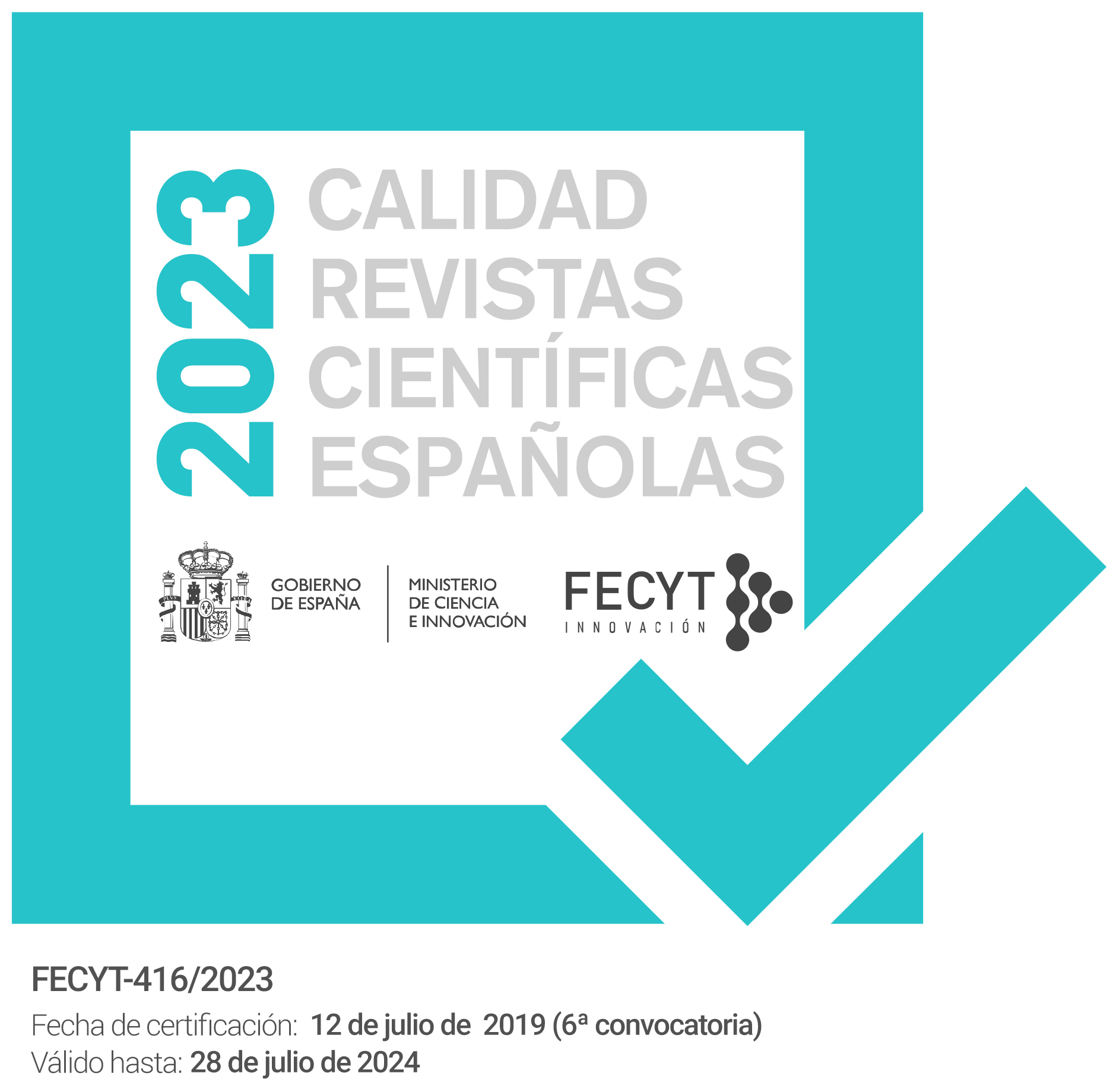Gestación y evolución de los paisajes vegetales del ámbito territorial del Jardín Canario. Barranco de Guiniguada. Gran Canaria
Keywords:
barranco, ambiente bioclimático, evolución del paisaje, ravine, bioclimatic environment, landscape evolutionAbstract
La evolución del paisaje del barranco Guiniguada se aborda a partir de dos vías complementarias. En Ia primera se analizan las variables geomorfológica y climática: dc la interacción entre ellas resulta el paisaje natural original. En la segunda, tras la aparición humana, el análisis se centra en la interrelación hombre-medio natural desde el periodo prehispánico hasta el final del siglo XX. La clave argumental se fundamenta en las variaciones experimentadas por los paisaje vegetales, al tratarse de un factor, de evidente dinamismo, que refleja con nitidez las transformaciones experimentadas por el territorio objeto de estudio.
The analysis of the evolution of the Bº Guiniguada landscape is based on two complementary factors. Firstly, the geomorphological and climatic variables are analysed, since the original natural landscape is the outcome of their interaction. Secondly, after humans appeared, the analysis has focused on the relation between huan and natural environment, from the time of the prehispanic population to the end of the 20th century. The arguments for all this are baced on the variations suffered by the vegetation landscape. This factor, which presents an obvious dynamism, clearly reflects the changes undergone by the target site.
Downloads
Downloads
Issue
Section
License
The articles are open access distributed under the terms of the Creative Commons Attribution-NonCommercial-NoDerivatives (CC BY-NC-ND) Spain 4.0 license. Authors who publish in this journal agree with the following terms:
a) Authors retain the copyright and guarantee the journal the right to be the first publication of the work as well as licensed under a Creative Commons Attribution License that allows others to share the work with a recognition of the authorship of the work and the Initial publication in this magazine.
b) Authors may separately establish additional agreements for the non-exclusive distribution of the version of the work published in the journal (for example, place it in an institutional repository or publish it in a book), with recognition of its initial publication in this magazine.
c) Authors are allowed and encouraged to disseminate their work electronically (for example, in institutional repositories or on their own website) before and during the submission process, as it may result in productive exchanges, as well as a earliest and largest citation of published works (See The Effect of Open Access).



